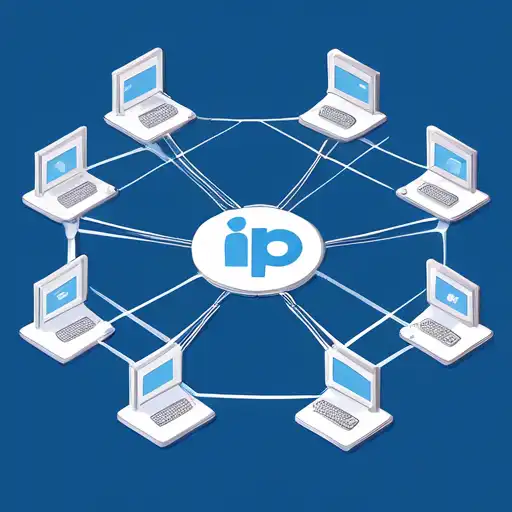Introduction to IP Addresses
In the vast world of networking, understanding IP addresses is fundamental. An IP (Internet Protocol) address is a unique identifier assigned to each device connected to a network. It enables devices to communicate with each other over the internet or a local network. This guide will walk you through the basics of IP addresses, their types, and their importance in networking.
What is an IP Address?
An IP address is a numerical label assigned to each device participating in a computer network that uses the Internet Protocol for communication. It serves two main functions: identifying the host or network interface and providing the location of the host in the network.
Types of IP Addresses
There are two main types of IP addresses: IPv4 and IPv6. IPv4 addresses are 32-bit numbers, typically displayed in decimal format as four octets separated by periods (e.g., 192.168.1.1). Due to the exponential growth of the internet, IPv6 was introduced, which uses 128-bit addresses, allowing for a vastly larger number of unique addresses.
IPv4 vs. IPv6
IPv4 is the most widely used version, but its limited address space has led to the adoption of IPv6. IPv6 not only provides a larger address space but also includes improvements in routing and network autoconfiguration.
How IP Addresses Work
When you type a website's name into your browser, a Domain Name System (DNS) server translates the name into an IP address, allowing your device to connect to the website's server. This process is crucial for the functioning of the internet.
Public vs. Private IP Addresses
Public IP addresses are used on the internet and are assigned by your Internet Service Provider (ISP). Private IP addresses are used within a local network (like your home or office) and are not routable on the internet. Devices on a local network share a single public IP address when accessing the internet, thanks to Network Address Translation (NAT).
Why Understanding IP Addresses is Important
Understanding IP addresses is essential for troubleshooting network issues, setting up a home network, or pursuing a career in IT. It's the foundation upon which the internet and local networks operate.
Conclusion
IP addresses are the cornerstone of network communication. Whether you're a beginner looking to understand networking basics or an aspiring IT professional, grasping the concept of IP addresses is a critical first step. For more advanced topics, consider exploring subnetting and network security.
For further reading on networking basics, check out our guide on Understanding Network Protocols.
